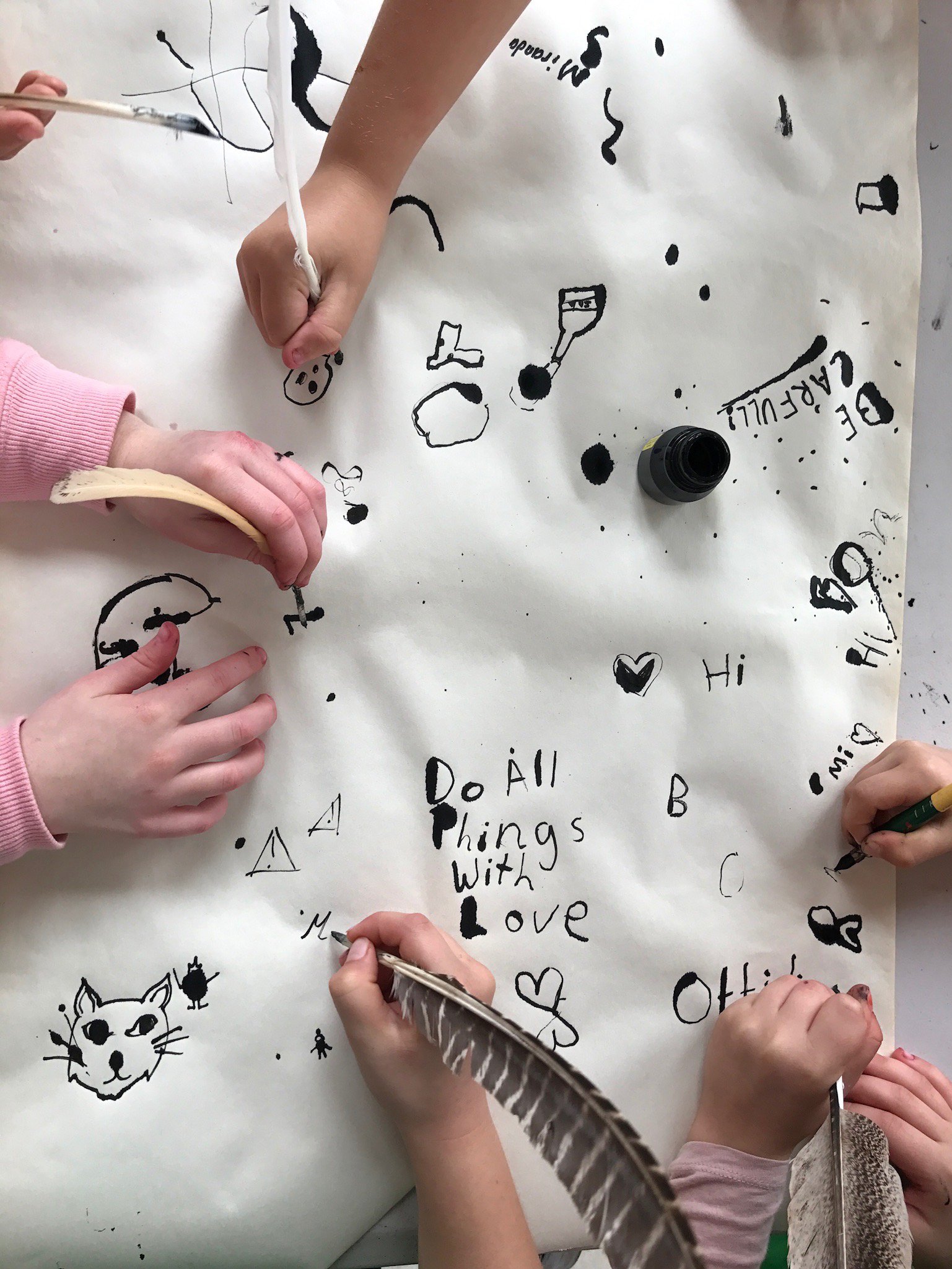
/ziːn/ ZEEN : News and Views

Survival skills for the future (one palette knife at a time)
Tools like palette knives, whittling knives, lino carving tools, drills and saws can be dangerous if used incorrectly. But they also give a great sense of agency to children who, through their creative projects, are empowered to make a mark in and on their world.
